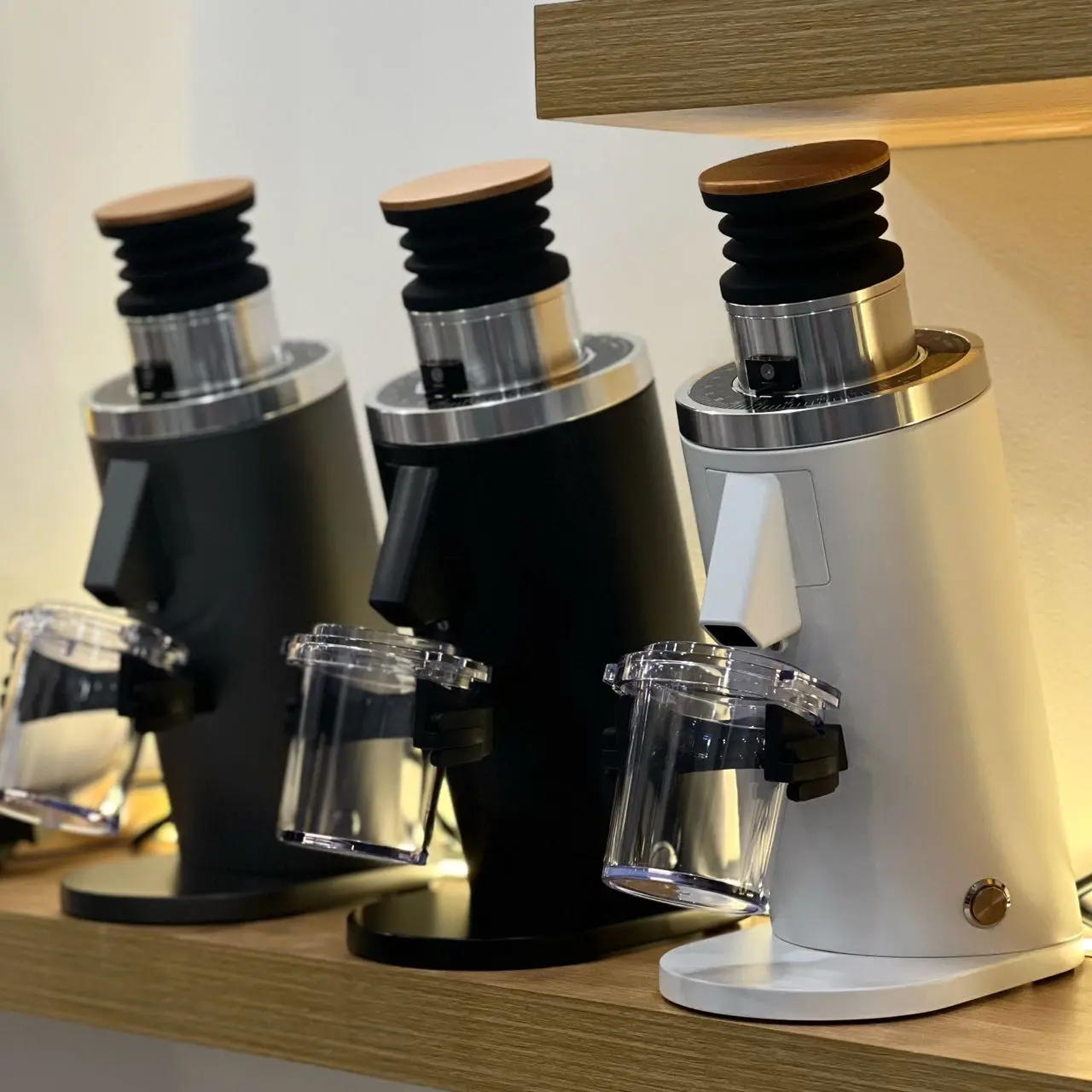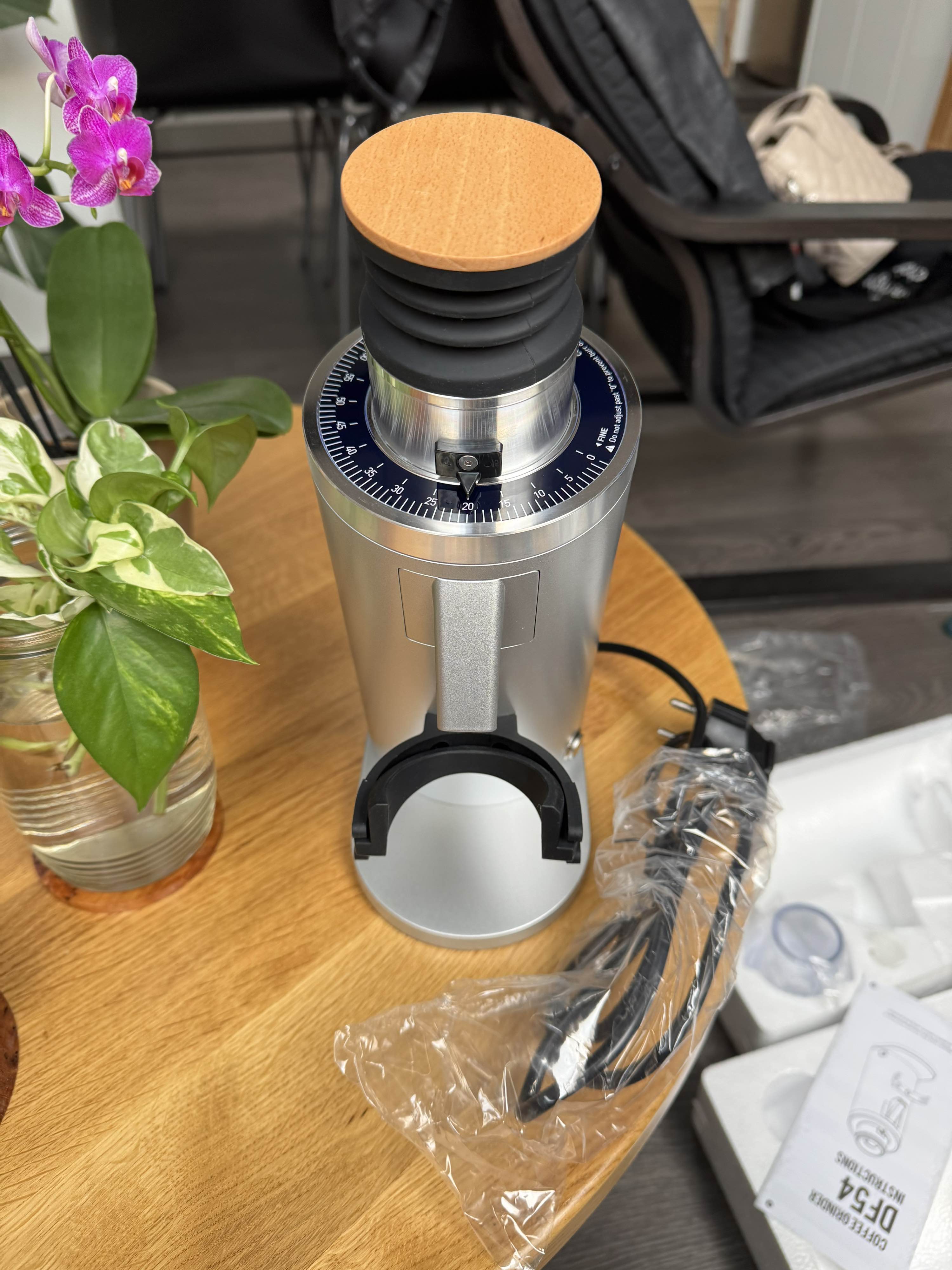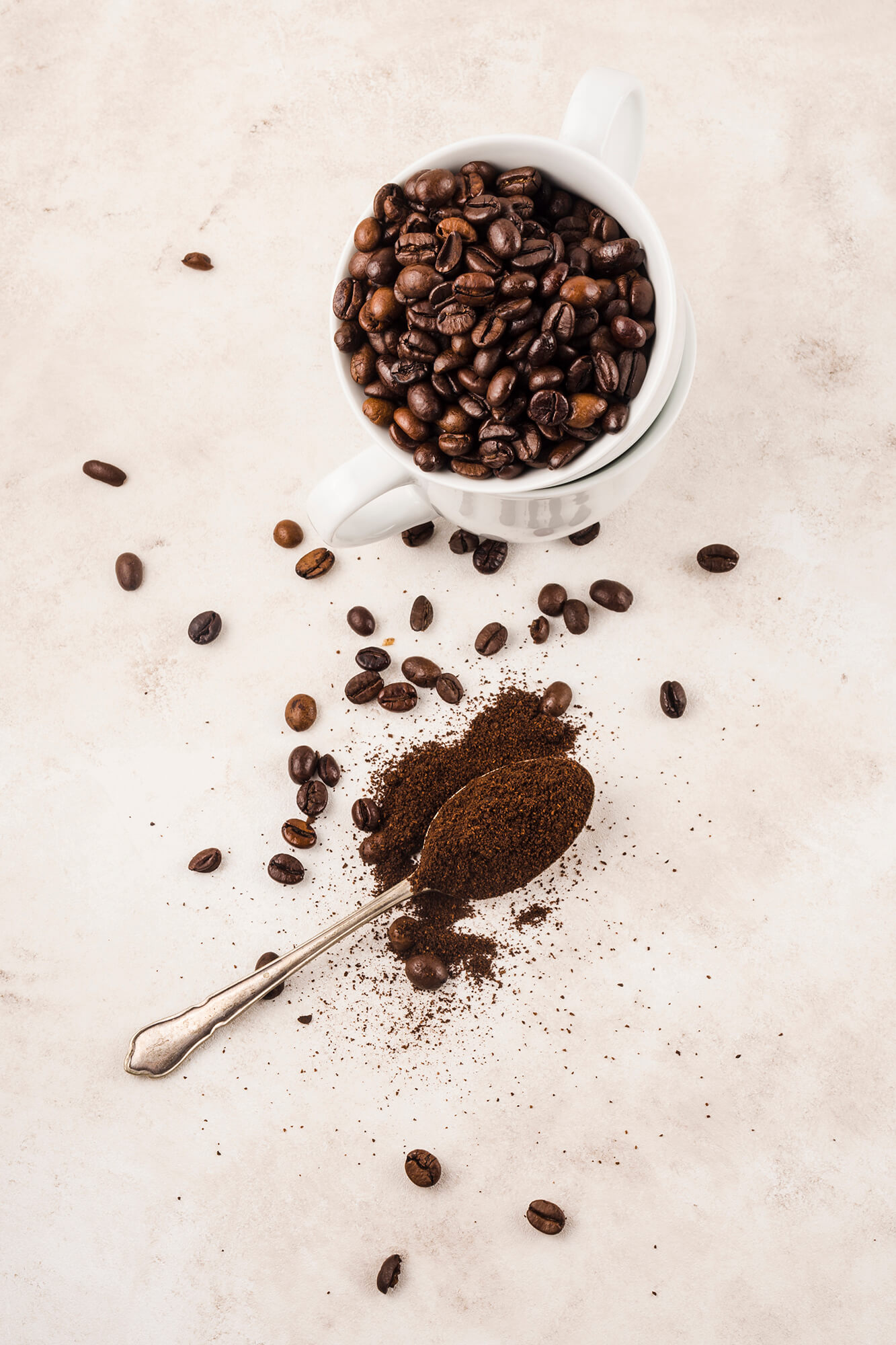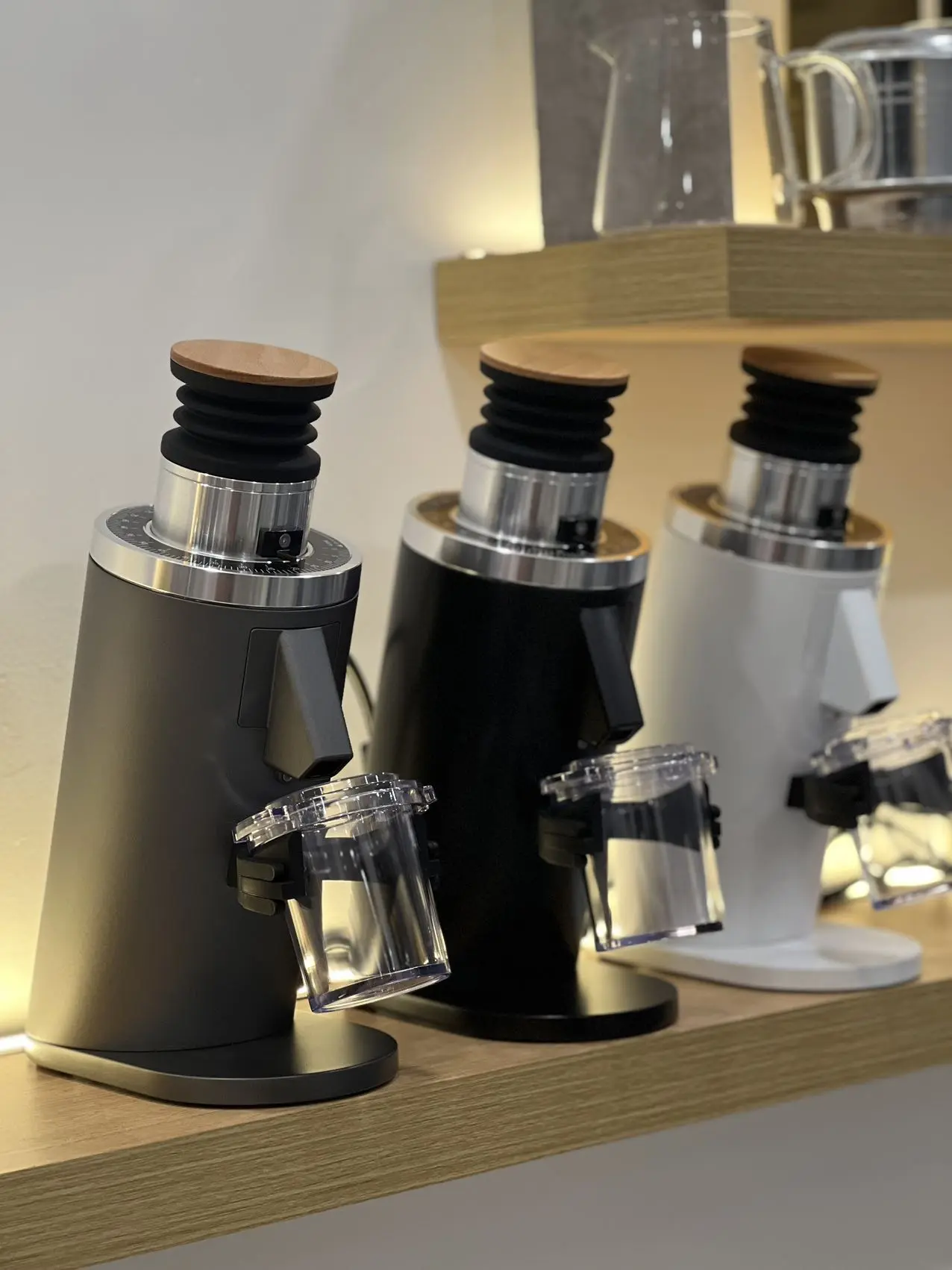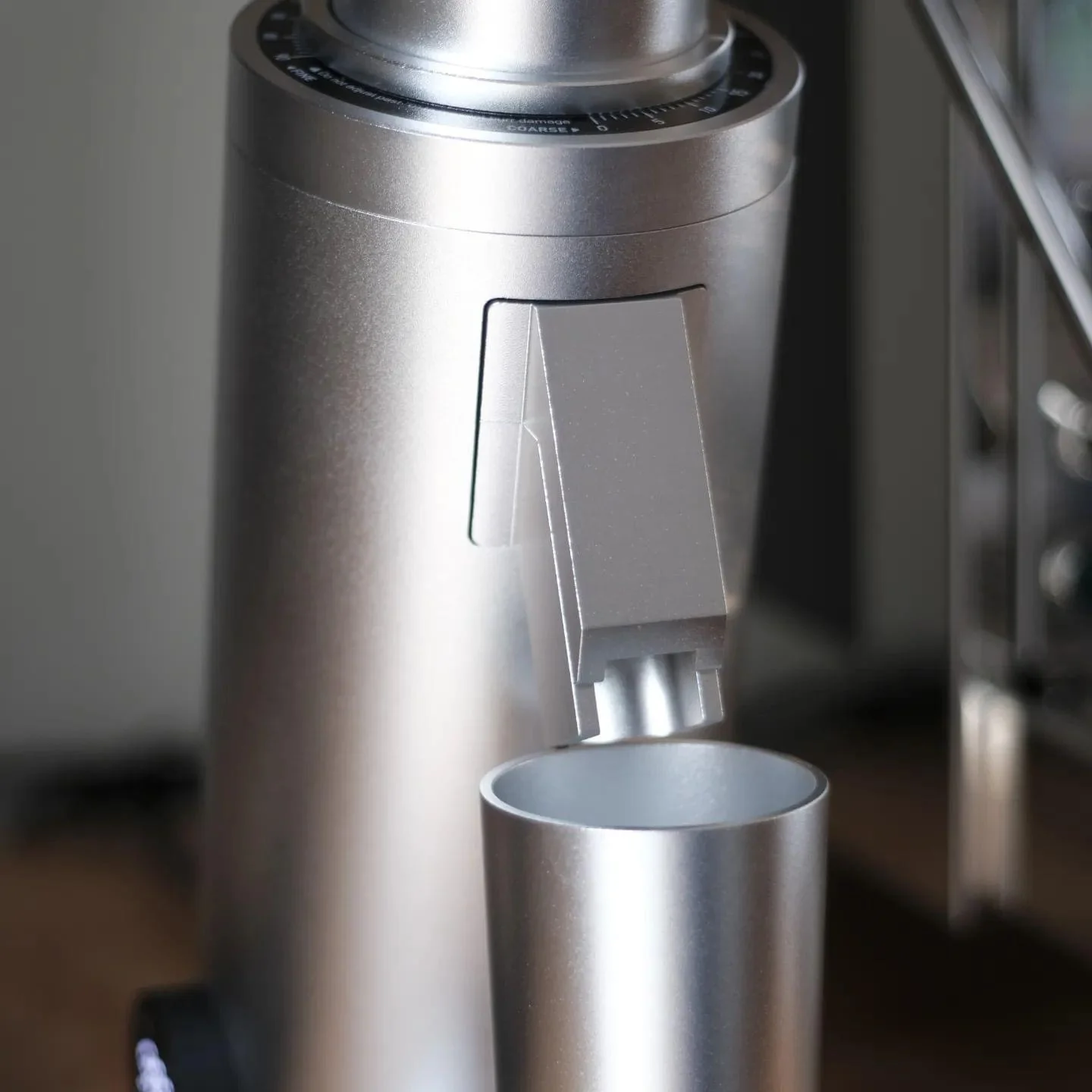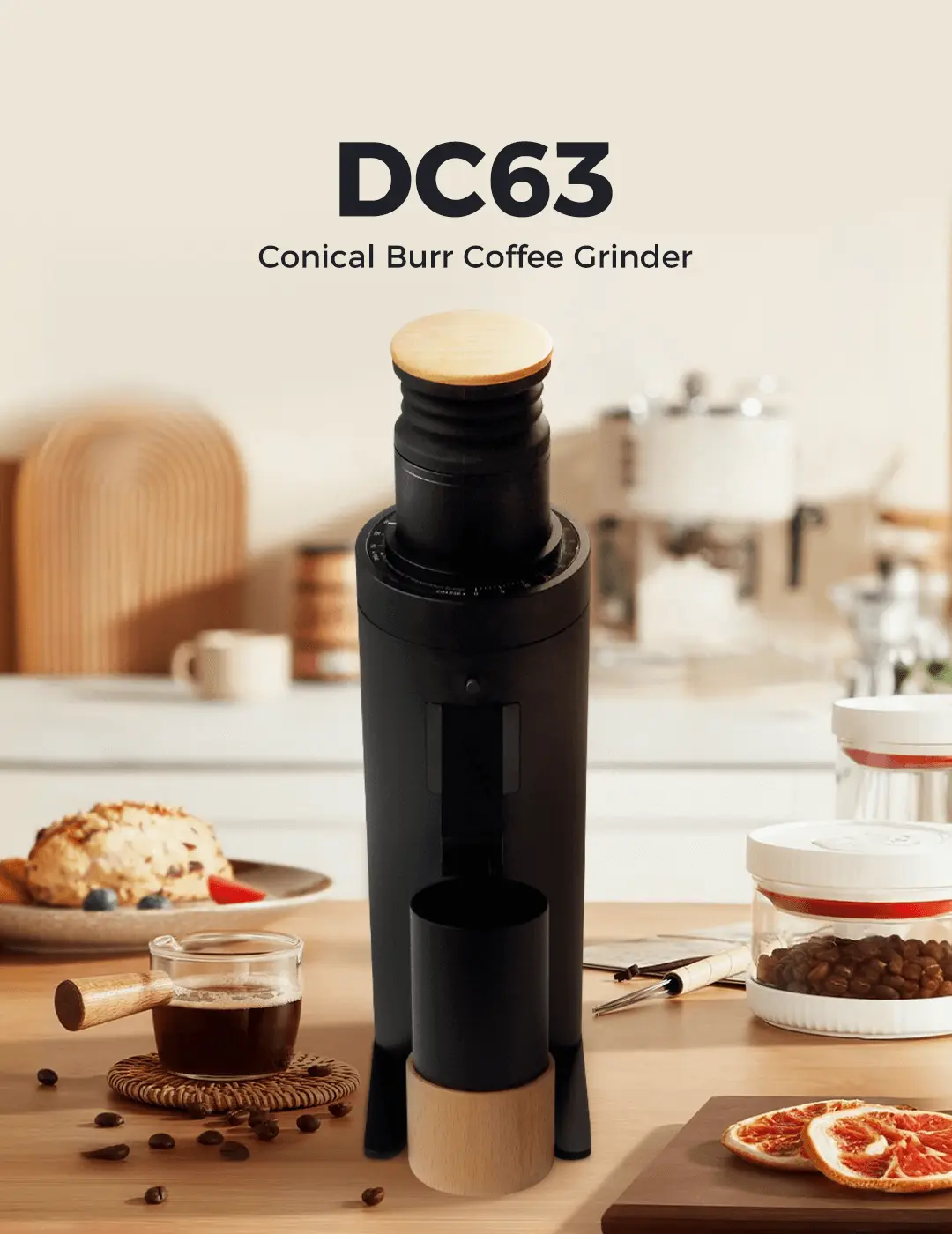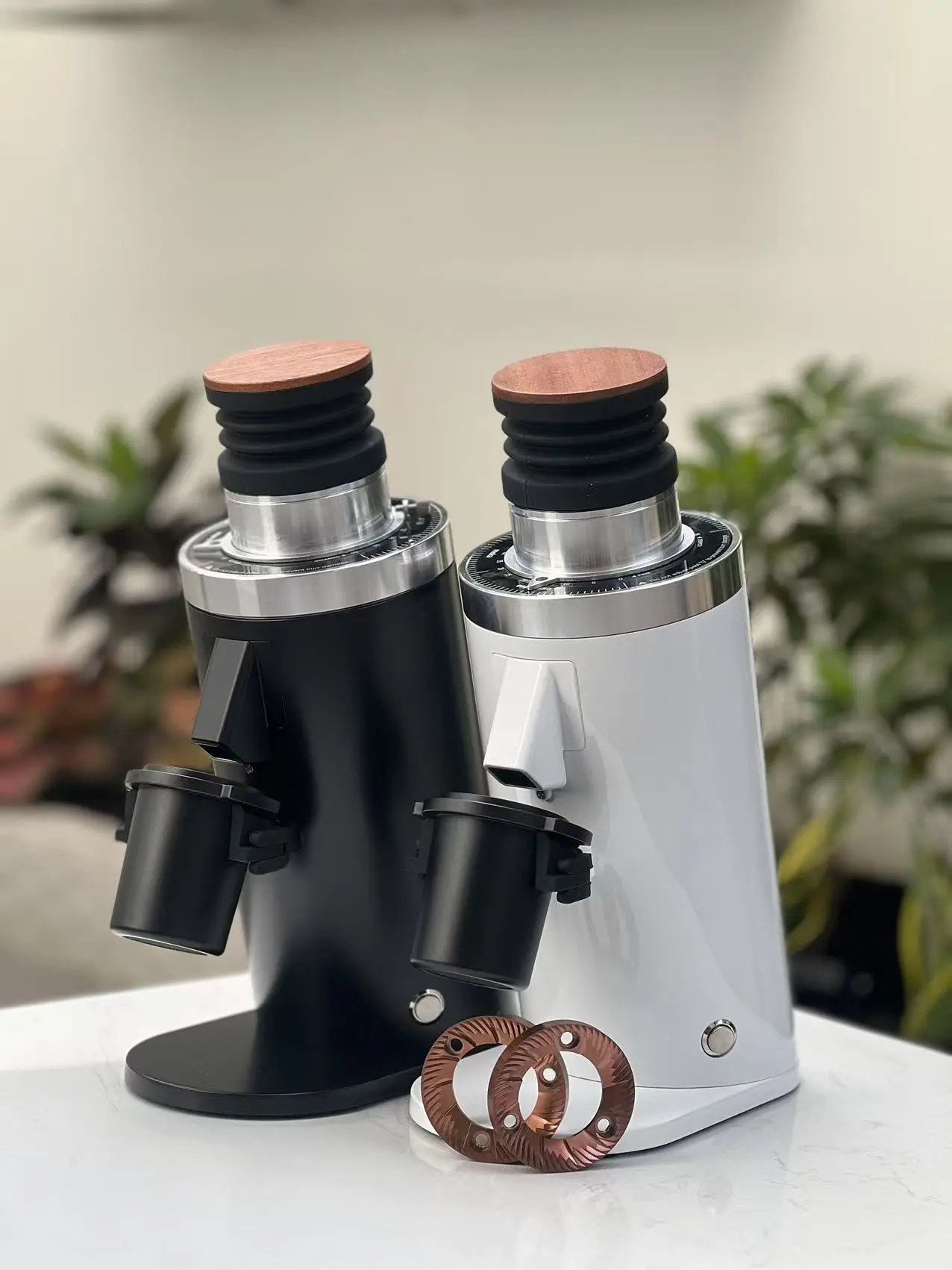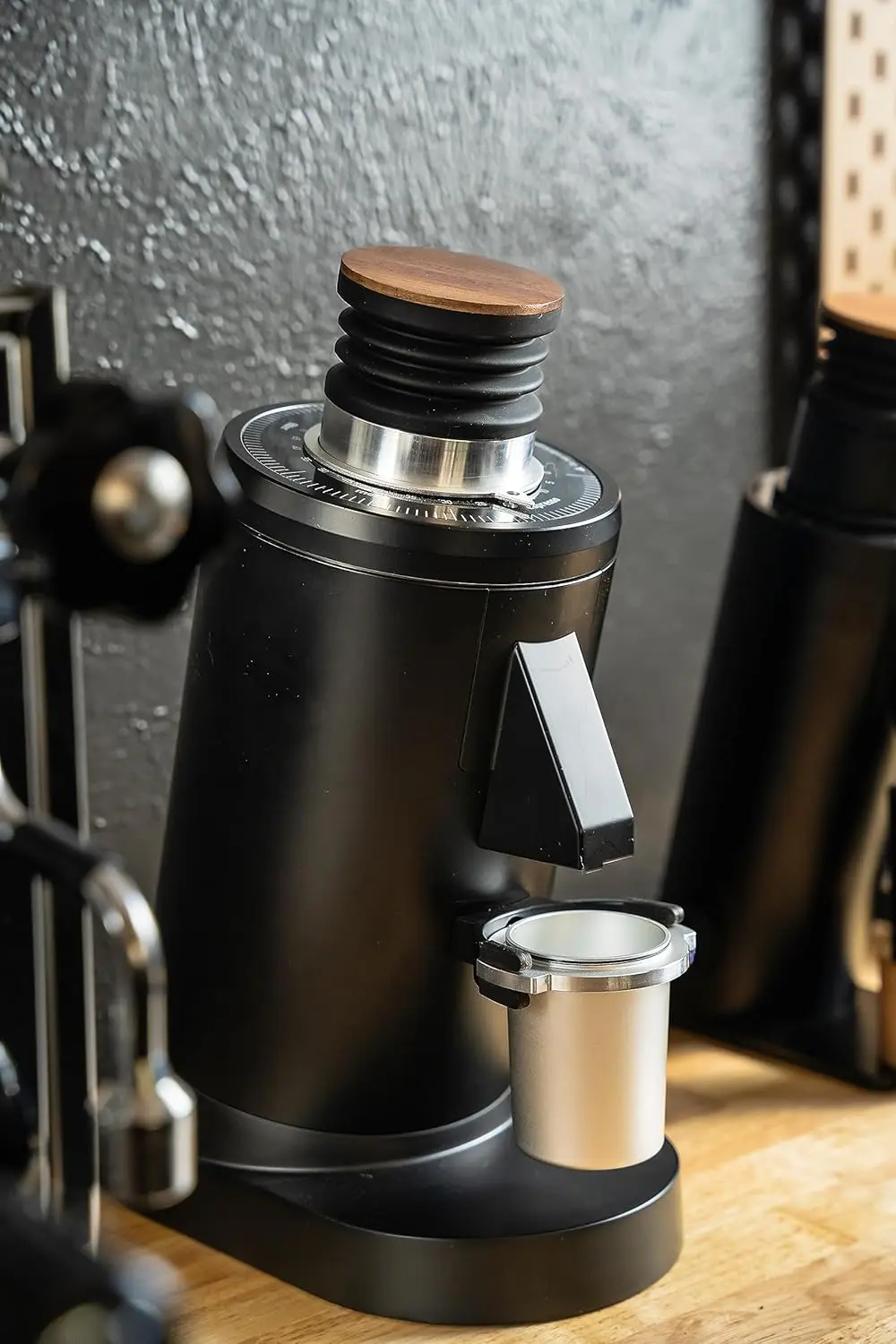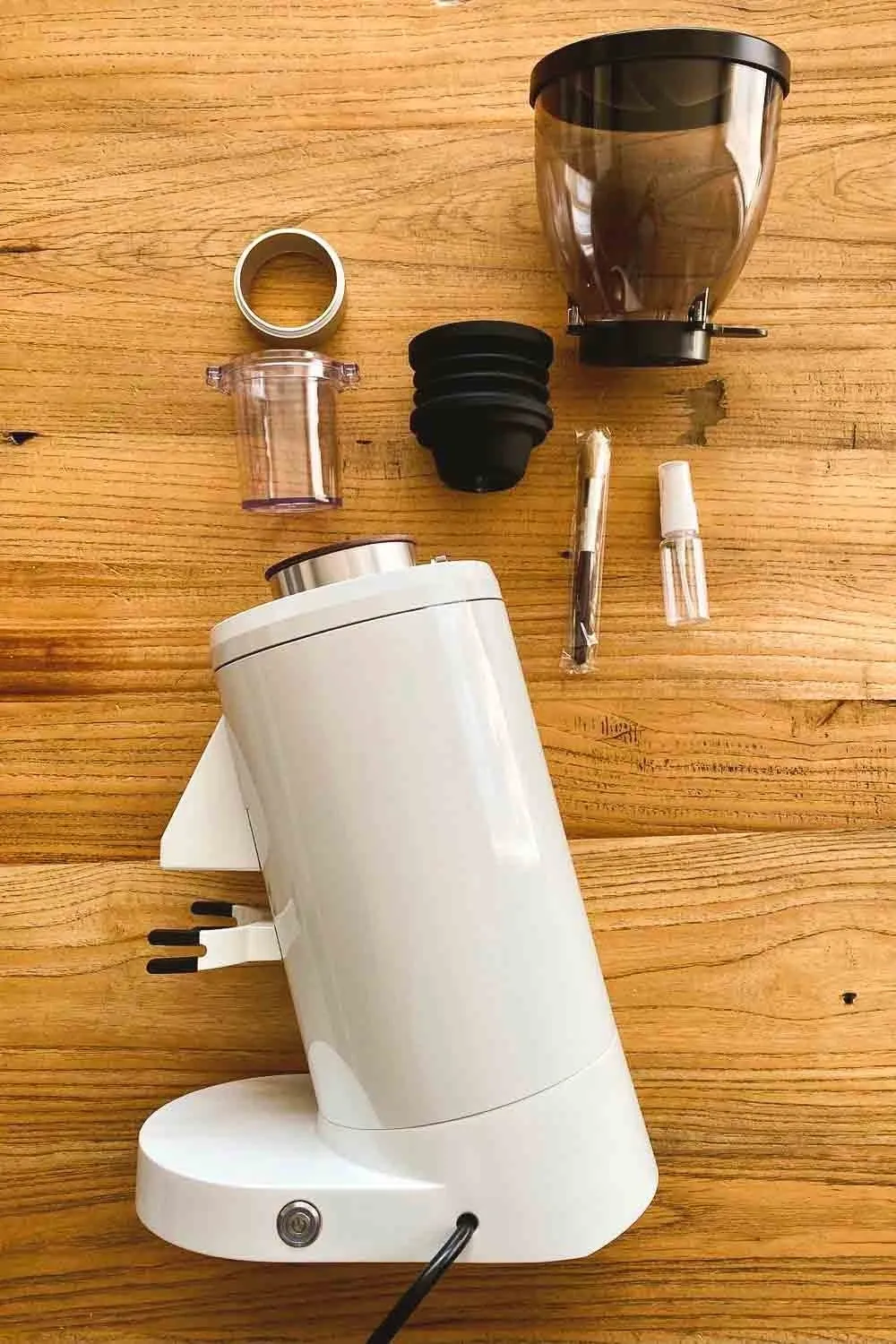How to Grind Coffee Beans at Home
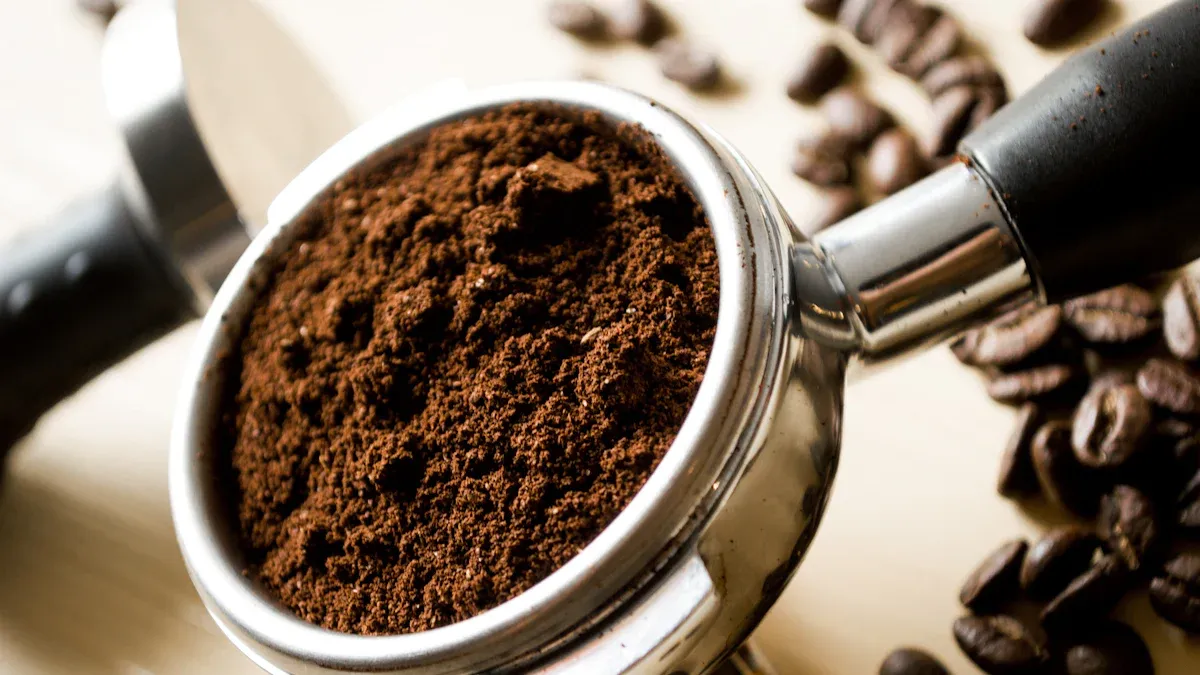
Grinding coffee beans at home lets you unlock the full flavor of your coffee. Freshly ground beans taste richer and more aromatic. The grind size matters too—it affects how your coffee brews and tastes. Whether you use a coffee grinder or get creative with household tools, grinding your beans is worth the effort. ☕
Key Takeaways
- Grinding coffee beans at home makes coffee taste better. Freshly ground beans have stronger flavor than store-bought ground coffee.
- Grind size changes how coffee tastes. Small grinds bring out flavors fast, while big grinds make smoother coffee. Use the right grind size for your brewing method.
- There are different ways to grind coffee beans. Coffee Grinders work best, but tools like a mortar and pestle or rolling pin can also be used.
Why Grind Size Matters
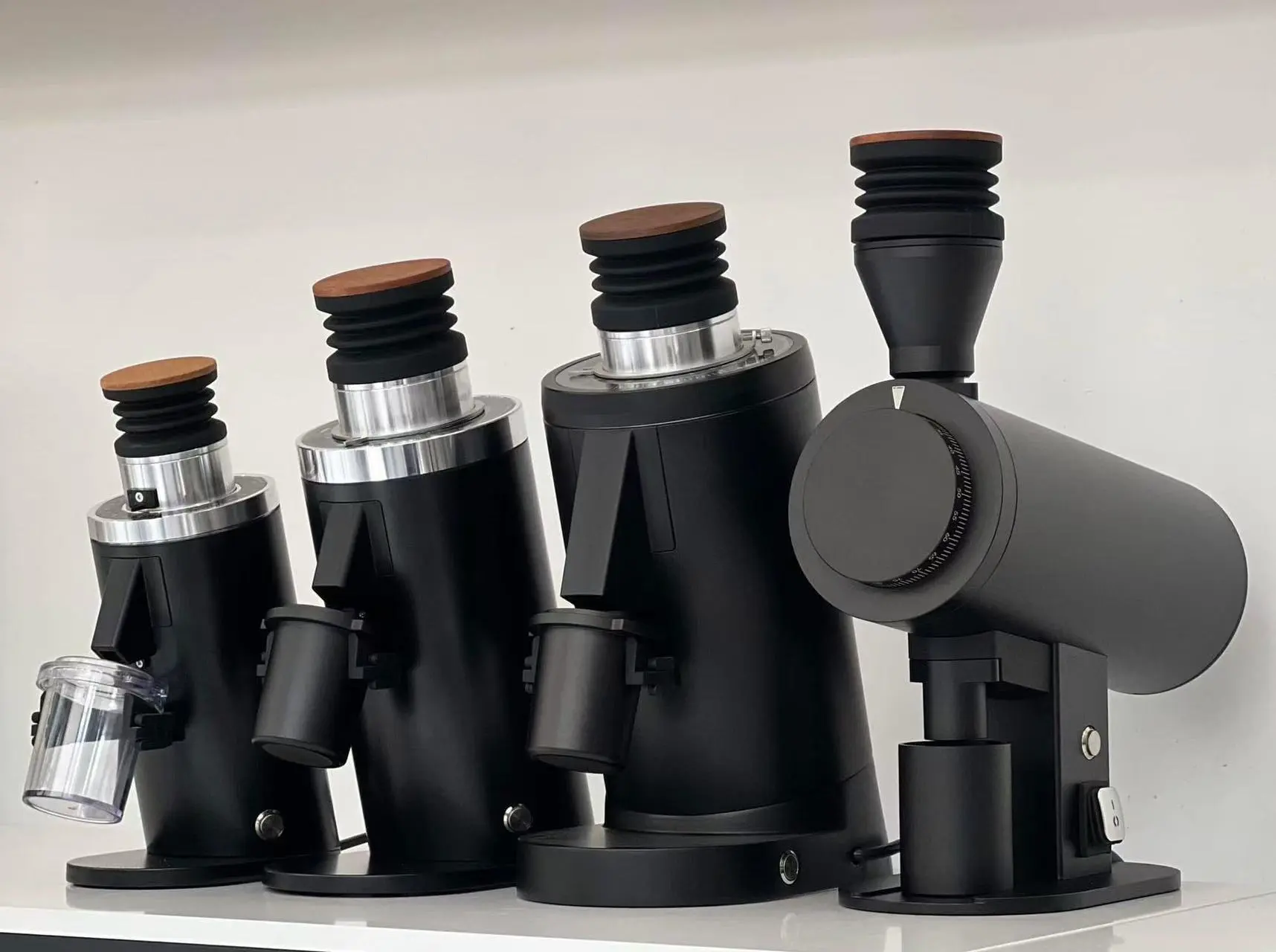
Impact on coffee flavor
Did you know that the size of your coffee grounds can completely change how your coffee tastes? It’s true! When you grind coffee beans, you’re exposing more surface area to water. This affects how quickly the flavors are extracted during brewing.
- Finer grinds extract faster because the water has more contact with the coffee particles. This can give you bold, intense flavors. But if the grind is too fine, your coffee might taste bitter or over-extracted.
- Coarser grinds take longer to extract, which can result in a lighter, smoother flavor. However, if the grind is too coarse, your coffee might taste weak or under-extracted.
Think of it like cooking pasta. If you boil it too long, it gets mushy. If you don’t cook it enough, it’s too hard. The same idea applies to coffee grounds—finding the right balance is key to unlocking the perfect flavor.
Tip: Always start with freshly ground beans. Pre-ground coffee loses its flavor quickly, so grinding at home gives you the freshest cup possible.
Matching grind size to brewing methods
Different brewing methods need different grind sizes. Using the wrong grind can ruin your coffee, even if you have the best beans. Here’s a quick guide to help you match the grind size to your brewing method:
| Brewing Method | Recommended Grind Size |
|---|---|
| Espresso Machine | Extra Fine (like powdered sugar) |
| Moka Pot | Fine (slightly coarser than espresso) |
| Drip Coffee Maker | Medium (like sand) |
| French Press | Coarse (like sea salt) |
| Cold Brew | Extra Coarse (chunky, like peppercorns) |
For example, if you’re using a French press, a coarse grind works best. It keeps the coffee from becoming too muddy. On the other hand, an espresso machine needs an extra-fine grind to create that rich, concentrated shot.
If you’re using a coffee grinder, it’s easier to adjust the grind size to match your brewing method. Burr grinders are especially great for this because they give you consistent results. Blade grinders can work too, but they might require a bit more effort to get the right size.
Note: Experiment with grind sizes to find what works best for your taste. Coffee is personal, and a little trial and error can help you discover your perfect cup.
Methods for Grinding Coffee Beans
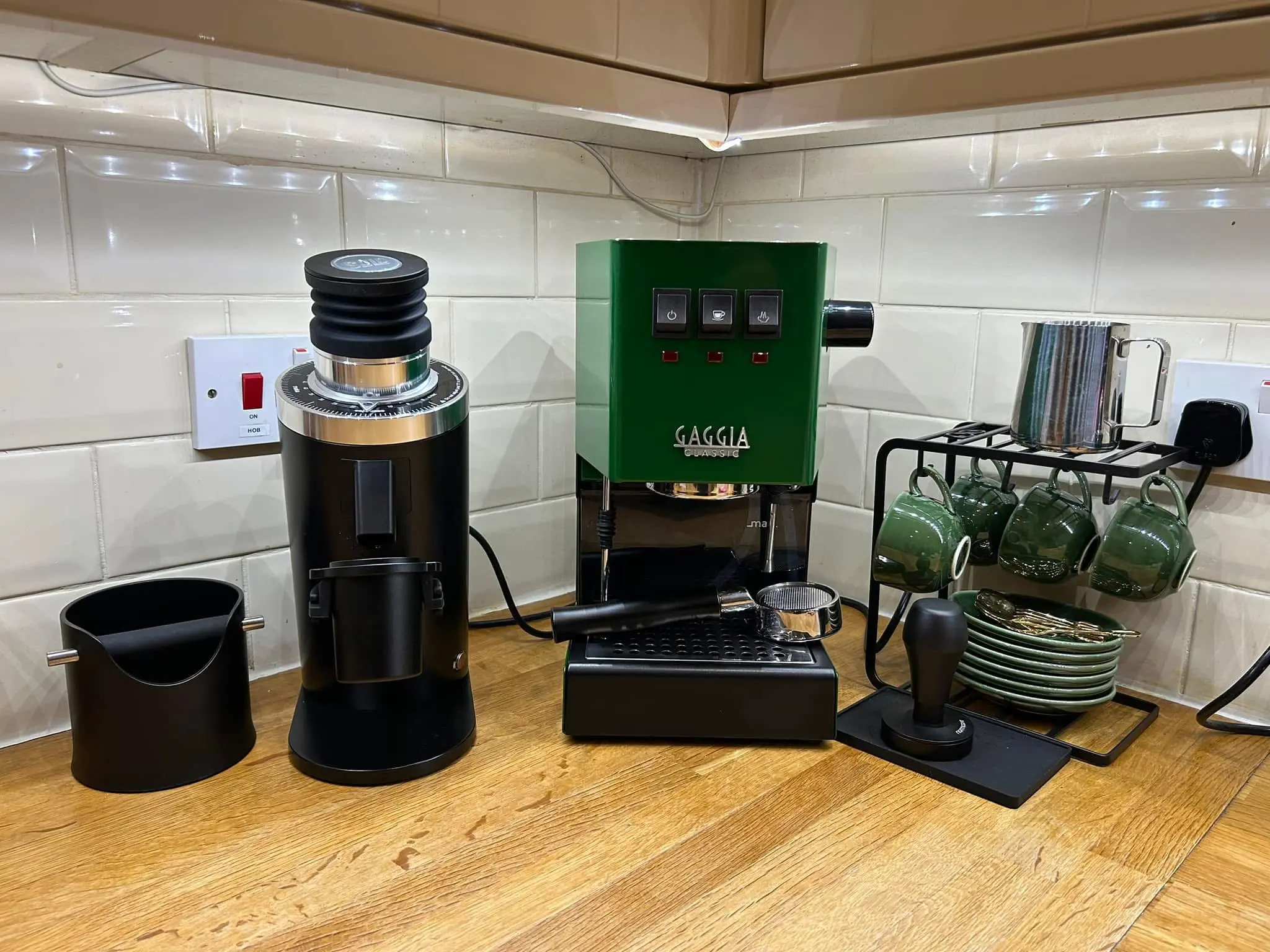
Grinding coffee beans at home doesn’t have to be complicated. Whether you have a coffee grinder or need to get creative with household tools, there’s a method for everyone. Let’s explore your options.
Using a coffee grinder (blade vs. burr grinders)
If you’re serious about coffee, a coffee grinder is your best friend. It’s the easiest and most efficient way to grind beans. But not all grinders are created equal. You’ll typically find two types: blade grinders and burr grinders.
-
Blade Grinders: These are like mini blenders with spinning blades. They’re affordable and easy to use, but they can be tricky when it comes to consistency. The grind size might vary, which can affect your coffee’s flavor. If you use a blade grinder, try pulsing it instead of holding the button down. This gives you more control over the grind.
-
Burr Grinders: These are the gold standard for coffee lovers. Burr grinders crush the beans between two surfaces, giving you a consistent grind every time. They’re perfect if you want to experiment with different brewing methods. While they’re pricier than blade grinders, the results are worth it.
Tip: If you’re just starting out, a blade grinder is a budget-friendly option. But if you’re ready to take your coffee game to the next level, invest in a burr grinder.
Manual techniques (mortar and pestle, rolling pin)
No coffee grinder? No problem! You can still grind coffee beans using tools you probably already have at home.
-
Mortar and Pestle: This ancient tool works surprisingly well for coffee. Add a small amount of beans to the mortar and crush them with the pestle. Use a circular motion to grind the beans to your desired size. It takes some effort, but it’s a great way to control the grind.
-
Rolling Pin: A rolling pin can double as a coffee grinder in a pinch. Place your beans in a zip-top bag and seal it tightly. Lay the bag flat on a sturdy surface, then roll over it with the pin. Apply even pressure and keep rolling until you get the grind size you need.
Both methods require a bit of elbow grease, but they’re effective and don’t require any fancy equipment.
Alternative tools (blender, food processor)
If you don’t have a coffee grinder or manual tools, your kitchen appliances can save the day.
-
Blender: Most blenders have a pulse setting that works well for grinding coffee beans. Add a small amount of beans to the blender and pulse in short bursts. Be careful not to overdo it, as the heat from the blades can affect the flavor.
-
Food Processor: Similar to a blender, a food processor can grind coffee beans in small batches. Use the pulse function to control the grind size. It might not be as consistent as a coffee grinder, but it gets the job done.
Note: When using a blender or food processor, grind in small amounts to avoid uneven results. Clean the appliance thoroughly afterward to prevent coffee oils from lingering.
Each of these methods has its pros and cons, but they all get you one step closer to a fresh, flavorful cup of coffee.
Tips for Achieving the Best Grind
Ensuring consistency
Consistency is the secret to great coffee. Uneven grounds can lead to unpredictable flavors. To get a uniform grind, use a reliable tool like a burr coffee grinder. Burr grinders crush beans evenly, giving you consistent results every time. If you’re using a blade grinder, pulse the beans in short bursts instead of grinding continuously. This helps you avoid overly fine or chunky grounds.
Pro Tip: Shake your grinder gently while grinding. This spreads the beans evenly and improves consistency.
If you’re using manual methods like a rolling pin or mortar and pestle, take your time. Crush or roll the beans in small batches to maintain control over the grind size.
Cleaning and maintaining tools
Clean tools make better coffee. Coffee oils and residue can build up over time, affecting the flavor of your brew. After each use, wipe down your grinder or alternative tools with a dry cloth. For deeper cleaning, disassemble your coffee grinder and wash removable parts with warm, soapy water.
Blenders and food processors need extra care. Coffee oils can stick to the blades, so rinse them thoroughly after grinding. If you’re using manual tools, clean them immediately to prevent oils from hardening.
Reminder: Regular cleaning not only keeps your tools in good shape but also ensures your coffee tastes fresh every time.
Avoiding common mistakes
Mistakes happen, but you can avoid them with a little know-how. One common error is grinding too much coffee at once. Freshly ground beans lose flavor quickly, so grind only what you need for each brew.
Another mistake is using the wrong grind size for your brewing method. Always match the grind size to your coffee maker. For example, a French press needs coarse grounds, while an espresso machine works best with extra-fine ones.
Quick Fix: If your coffee tastes bitter, try a coarser grind. If it’s too weak, go finer. Adjusting the grind size can make a big difference.
Finally, don’t rush the process. Grinding coffee takes patience, especially if you’re using manual tools. Take your time to get the perfect grind and enjoy the reward—a delicious cup of coffee.
Grinding your coffee beans at home isn’t just about freshness—it’s about creating a cup that’s uniquely yours. By understanding grind sizes and trying different methods, you can discover what works best for your taste.
Pro Tip: Start small. Experiment with tools you already have, and upgrade as you go. Your perfect brew is just a grind away!
FAQ
How do I know if my grind size is correct?
Check your coffee’s taste! If it’s bitter, the grind might be too fine. If it’s weak, try a finer grind. Experiment until it tastes right. ☕
Can I grind coffee beans without any tools?
Yes! Use a heavy object like a hammer or a sturdy glass jar. Place the beans in a sealed bag and crush them carefully. It’s not perfect, but it works.
How often should I clean my coffee grinder?
Clean it after every use to remove oils and residue. For a deeper clean, disassemble and wash the parts weekly. Fresh tools mean fresher coffee!
Tip: Use a small brush to clean hard-to-reach areas in your grinder.



